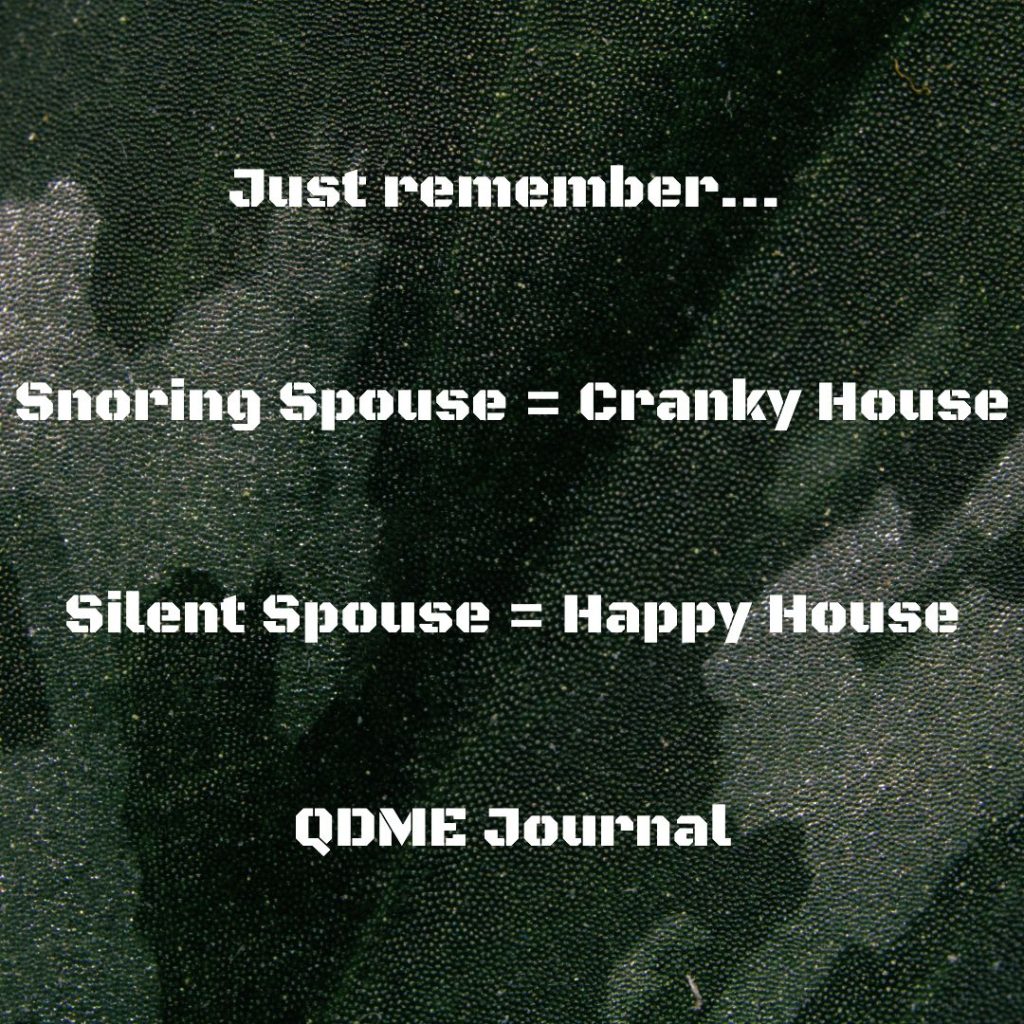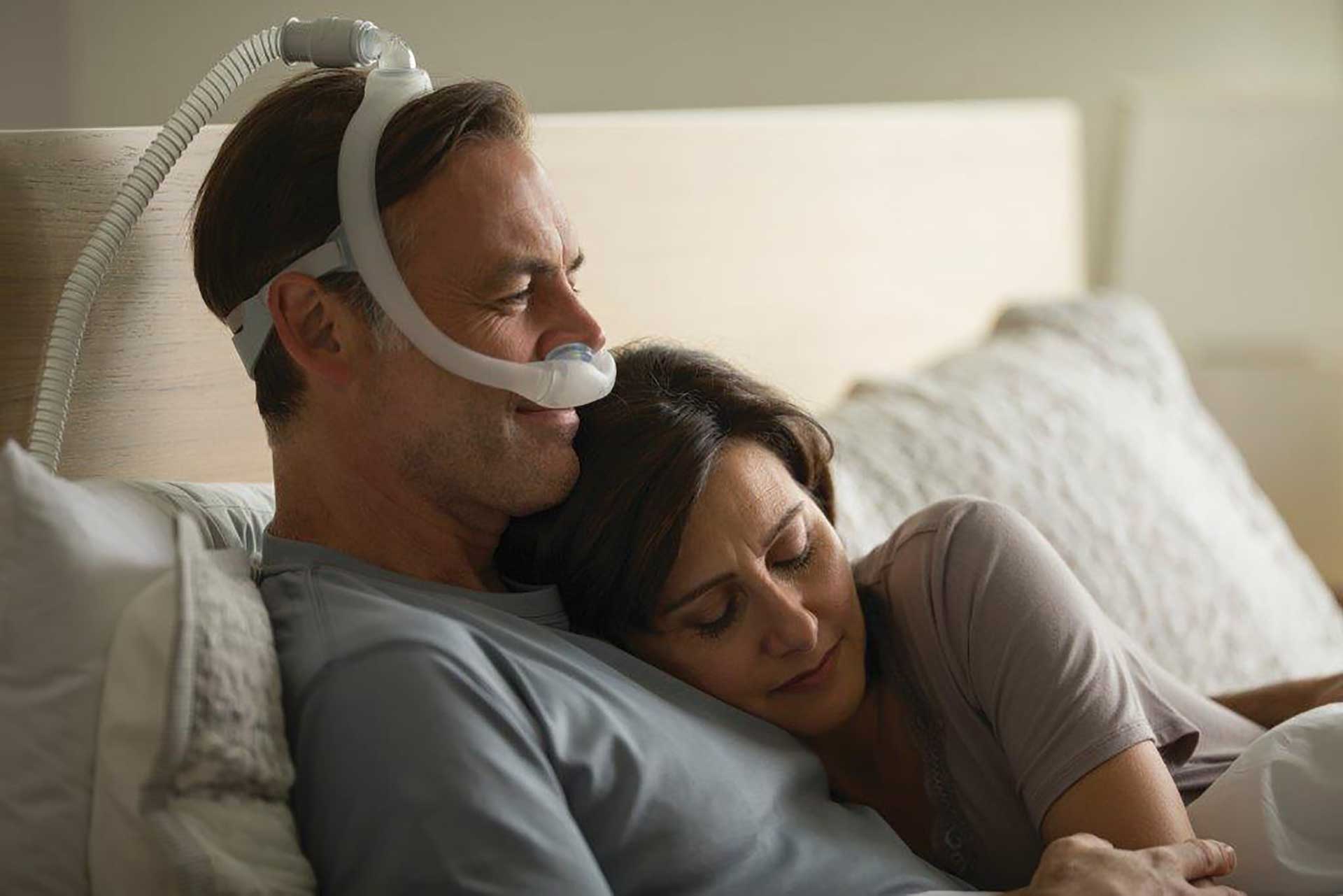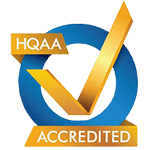It’s normal to feel afraid during a traumatic situation, but those who continue to experience problems could have PTSD. The National Institute of Mental Health defines PTSD as a disorder in some people who have experienced a shocking, scary, or dangerous event. Those with PTSD may feel stressed or frightened, even when not in genuine danger. Getting a good night’s sleep reduces the fear associated with traumatic memories. It’s shown that people who have both obstructive Obstructive Sleep Apnea (OSA) and PTSD are more likely to have severe PTSD symptoms, which is why it is crucial always to treat sleep apnea. When suffering from PTSD, getting quality sleep each night can take time and effort. Tips and resources are available to help with the numerous sleep problems and symptoms someone with PTSD may be experiencing.
Helpful Sleep
Sleep quality and quantity are vital to your overall health, especially when suffering from PTSD. The U.S. Department of Veterans Affairs (VA) writes that both nightmares and insomnia are symptoms of PTSD. People with PTSD often report less sleep due to issues falling asleep, feeling restless throughout the night, and waking up earlier than initially planned. Even short periods of sleep loss can affect daily life. While trying to sleep, those with PTSD may fear their bed isn’t safe, keeping them up throughout the night. They may also have more leg and arm movement or experience talking in their sleep, which can affect their partners’ sleep.
A leading treatment recommended by the VA is Cognitive Behavioral Therapy for Insomnia (CBT-I). This talk therapy is recommended over medication because it is usually more effective. It improves sleep in 7 out of 10 people who complete it and reduces the number of nightmares people have and the distress related to upsetting dreams.
A study published in ScienceDaily and conducted by a team from the Department of Psychology at the University of Zurich and the Psychiatric University Hospital Zurich found that sleep may have a protective effect in the aftermath of traumatic experiences. Researchers discovered that sleep might be a suitable and natural early prevention strategy and could help avoid disorders such as PTSD.
Sleep Apnea and PTSD
PTSD and OSA have a strong connection. The severity of PTSD symptoms increases the risk of screening positive for OSA. As the severity of OSA increases, the likelihood of having severe PTSD does as well. In turn, the more severe cases of PTSD complicate the treatment of OSA. CPAP therapy is the gold standard of OSA treatment. Without proper sleep, mood and thinking are impaired, which can cause non-compliance with CPAP therapy. The American Academy of Sleep Medicine mentions a study that found regular use of CPAP was significantly less common among patients with PTSD. Researchers observed greater adherence to CPAP among patients with PTSD who were chronically using sedatives.
Sleep Foundation states that among individuals with PTSD, the number of people with OSA ranges from 12% to 90%. Veterans are three times more likely to have PTSD. Men, representing a large percentage of the veteran population, are more likely to suffer from OSA. A study published in the National Library of Medicine found that 69.2% of young Iraq and Afghanistan veterans with PTSD were at high risk for OSA. Usually, older people tend to suffer from OSA, but young veterans may be just as at-risk. Those suffering from PTSD and OSA are also more likely to experience severe depression, a higher suicide risk, and a poor quality of life.
The 4-7-8 Method
Anyone can develop PTSD no matter the age. Those suffering range from war veterans to people who have been through abuse, accidents, or other serious events. Someone can also develop PTSD without going through a dangerous event. It can develop after someone has a close friend or family member experience harm or if they experience the sudden death of someone close.
PTSD UK recommends the ‘4-7-8’ method to help you get to sleep. The technique comes from the principles of the ancient Indian practice called Pranayama, which means regulation of breath, commonly used in yoga and Pilates. Practice the 4-7-8 technique with this great video from The Live Love Laugh Foundation.
Don’t Be Afraid to Ask for Help
If you are unsure where to go for help, ask your healthcare provider for tips and resources regarding PTSD and OSA. The National Institute of Mental Health also has a great resource called the Help for Mental Illnesses page, where you can search for mental health providers, hotlines, physicians, and so much more. If you’re a veteran with PTSD, you should search the Wounded Warrior Project or the VA website.
The VA has a PTSD Coach App or PTSD Coach online if you do not own a smartphone. It provides education about PTSD, information about professional care, tools to help you manage the stress of life with PTSD, and much more. The VA also has the National Center for PTSD, which lists helpful steps to take and resources to find a therapist, counselor, or other mental health providers in your area.
PTSD can be debilitating, especially when you also suffer from a sleep disorder like OSA. With proper care and support, you can find relief from these symptoms and live a happy and healthy life. Staying on top of your CPAP therapy is vital in maintaining that healthy lifestyle. If you are currently in the military and suffering from these issues but are traveling a lot, consider investing in a Travel PAP device to continue treatment while on the go.
Always ask for help and get your health on the right path today!
Check in to the QDME Journal for new blogs and fascinating topics.

Follow Us!



